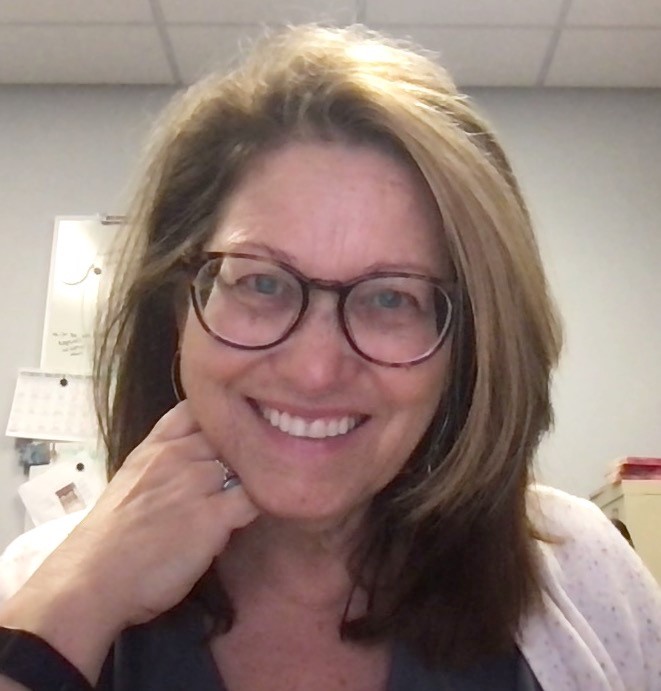Books we love for future scientists
I have always loved books, libraries and the stories captured between their spines and walls; heroines and heroes, love, remorse and hope. Storytelling is not just the most ancient of arts, but a reflection of what came before us. The lives stories describe provide a roadmap as we navigate our future.
The American Society for Biochemistry and Molecular Biology’s Women in Biochemistry and Molecular Biology Committee occasionally hosts a popular book club event. For Women’s History Month, I asked WIBMB committee members to highlight books that were important to them during their formative years — stories that empowered them on the way to becoming the cool scientists and advocates they are now.
Some of these stories are true, others are fictional, but all resonated, and so we recommend putting them on a reading list for budding citizens of planet Earth.
Did I get lost in books? Sure, but importantly, I found clues for my own path.
Reader's Digest best-loved books for young readers 1967: “Madame Curie”
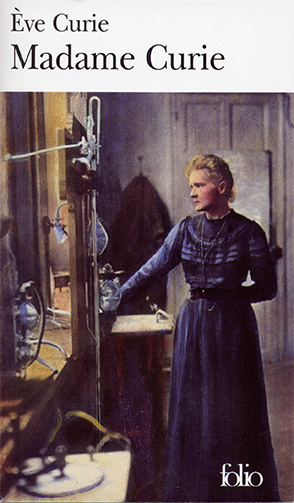
When I was younger than 10 years old, knowing that Marie Curie was a successful scientist made it possible for me to believe that girls like me could also be successful scientists. This was a condensed version of the biography Eve Curie wrote about her mother in 1937. Since then, I have read several other biographies of Marie Curie, for example “Marie Curie: A Life” by Susan Quinn, and they never fail to inspire.
—Susan Baserga, Yale University
“Invisible Man” by Ralph Ellison
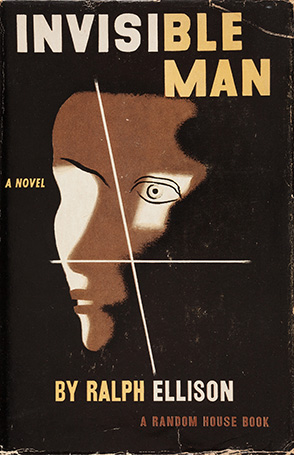
"Invisible Man" was entirely transformative for me as a high school student because, at its core, it is a book about identity —; which is something each of us struggles with as we carve out our paths in this world. It also opened my eyes to subtle and not-so-subtle racism and inequitable social constructs that our society still faces today.
Narrated by an unnamed Black man, the masterful plot recounts the winding path of a man who navigates abuse and racism in education and the workplace, as well as power and social dynamics within the Black community. As you read, you get the sense that the narrator tries to conform to each group, but because he does not fully identify, he ultimately feels invisible.
As a scientist and educator, I see and have experienced, these same inequities and “invisibility” of particular and intersectional groups. This book is my reminder and call to action to help my students feel seen and supported on their personal and professional paths.
—Megan Filbin, Metropolitan State University of Denver
“A Room of One's Own” by Virginia Woolf
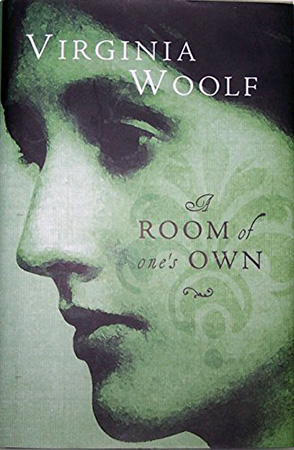
I first read Virginia Woolf's essay “A Room of One's Own” as a high school student. Woolf opens with a story of visiting the (not entirely) fictional campus of Oxbridge, where she is ushered off the lawn and not allowed access to the library because she is a woman unaccompanied “by a Fellow of the College or furnished with a letter of invitation.”
These passages increasingly resonated with me as I observed the environment around me and listened to the experiences of female friends and colleagues moving through their education and careers in the sciences. Woolf wasn't referring to scientists when she wrote "a woman must have money and a room of her own if she is to write fiction.” But, I realized this could be just as easily rewritten as “a woman must have a grant and a lab of her own if she is to do science.”
This essay has a permanent place on my office shelf for its thoughtful —; and often wryly humorous —; articulation of how differentials in resources and access affect participation in the sciences.
—Don Elmore, Wellesley College
“All Creatures Great and Small” by James Herriot
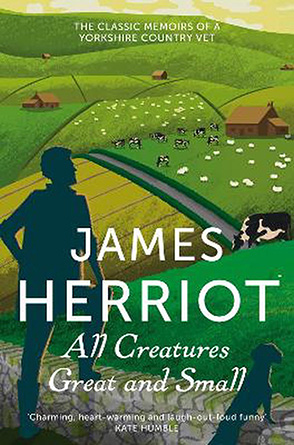
I read this whole series of books about a country veterinarian and the difference he made in the lives of both the animals he treated and the humans he encountered along the way. This book made me think that I wanted to become a veterinarian (which eventually morphed into becoming a scientist).
—Kelly Ten Hagen, National Institutes of Health
“Ramona the Brave” by Beverly Cleary
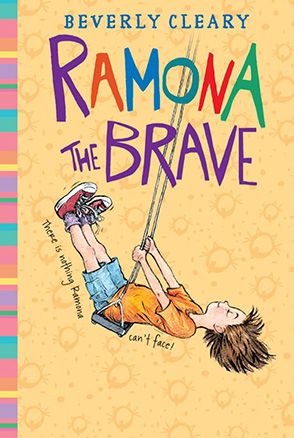
Ramona was an independent young girl with a great imagination who was fiercely determined to do things on her own terms. I could relate to her adventures around the neighborhood, her desire to wear pajamas to school, and her creativity in suggesting alternative homework for herself at school; making paper shoes instead of a paper turkey for Thanksgiving.
Ramona made it okay to see things differently, speak up and find the fun in everyday situations.
—Nicole Koropatkin, University of Michigan–Ann Arbor
“The Baby-Sitters Club” series by Ann Martin
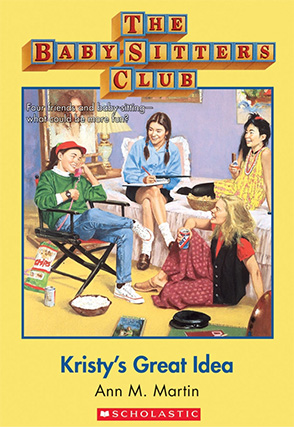
I read the Baby-Sitters Club series by Ann Martin when I was a young girl in elementary school. The books focus primarily on the friendships and adventures of the characters.
I loved these fictional books because they were about a group of friends who started a babysitting business. From a science point of view, the books promote critical thinking, problem-solving skills and emotional intelligence.
—Kanika Pulliam, ASBMB
“A Wrinkle in Time” by Madeleine L'Engle
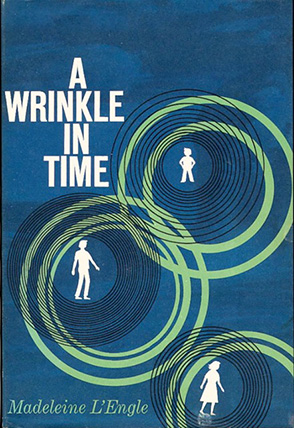
Reading “A Wrinkle in Time” as a girl had a tremendous impact on me, assuring me that my weirdness and love of science were normal, instilling confidence and courage and allowing me to accept who I truly am as an individual.
Both Meg and her mother, Kate, were terrific role models. Kate dared to be different while conducting experiments in the kitchen, while Meg, admittedly an odd and unpopular kid, struggles with her identity and faults. Those crazy cool witches? A tesseract? Connection to family? Mesmerizing.
This 1964 Newbery medal awardee inspired a 2010 Newbery winner, “When you reach me,” about a girl who loves “A Wrinkle in Time” and reads it constantly. I also reread L’Engle’s book regularly, and it resonates.
—Marilee Benore, University of Michigan at Dearborn
Enjoy reading ASBMB Today?
Become a member to receive the print edition four times a year and the digital edition monthly.
Learn moreGet the latest from ASBMB Today
Enter your email address, and we’ll send you a weekly email with recent articles, interviews and more.
Latest in Opinions
Opinions highlights or most popular articles

Sketching, scribbling and scicomm
Graduate student Ari Paiz describes how her love of science and art blend to make her an effective science communicator.

Embrace your neurodivergence and flourish in college
This guide offers practical advice on setting yourself up for success — learn how to leverage campus resources, work with professors and embrace your strengths.

Survival tools for a neurodivergent brain in academia
Working in academia is hard, and being neurodivergent makes it harder. Here are a few tools that may help, from a Ph.D. student with ADHD.

Hidden strengths of an autistic scientist
Navigating the world of scientific research as an autistic scientist comes with unique challenges —microaggressions, communication hurdles and the constant pressure to conform to social norms, postbaccalaureate student Taylor Stolberg writes.

Black excellence in biotech: Shaping the future of an industry
This Black History Month, we highlight the impact of DEI initiatives, trailblazing scientists and industry leaders working to create a more inclusive and scientific community. Discover how you can be part of the movement.

Attend ASBMB’s career and education fair
Attending the ASBMB career and education fair is a great way to explore new opportunities, make valuable connections and gain insights into potential career paths.

